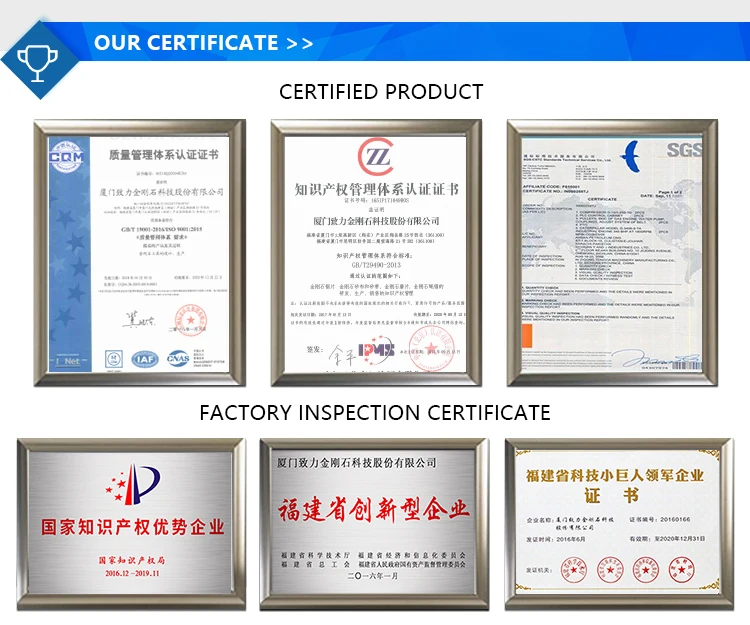Keywords supplier, manufacturing, value chain, trade | 2020-03-12 11: 19: 19 | Source United Nations Trade Division
Abstract Translator's Note: This UN report on the impact of the epidemic on global manufacturing value chains is worth reading. The main points are as follows: 1. Coronavirus will affect the normal operation of global manufacturing value chains. The importance of China ’s transition from cars to mobile phones in February Parts exports (calculated on an annual basis) less ...
Translator's Note:
This UN report on the impact of the epidemic on global manufacturing value chains is worth reading. The main points are as follows:
1. Coronavirus will affect the normal operation of the global manufacturing value chain. In February, China ’s exports of important parts from automobiles to mobile phones (calculated on an annual basis) decreased by 2%, causing other countries and their industries to lose $ 50 billion.
2. Excluding the manufacture and consumption of final products, the impact of the epidemic on intermediate products is also very serious. The equipment manufacturing industry is among the first. The EU (machinery, automotive, chemical), Japan (machinery, automotive), and the United States (machinery, automotive, precision Instruments) and Vietnam (communications equipment) will be severely impacted;
3. For the Chinese manufacturing industry, there will not be a significant supply chain shift in the short term, but in the long run, China may have established a huge logistics and transportation network, including ports, shipping lines and aircraft.
Overview
"The epidemic of the new coronavirus will inevitably have a significant impact on the economy and society"-Chinese President Xi Jinping in a televised speech on February 23, 2020.
"The spread of the new coronavirus is a public health crisis that may pose a serious threat to the macro economy due to disruptions in production activities, disruptions in human mobility and disruptions in the supply chain," said Japan ’s Finance Minister Taro Aso. (G20) Held in Riyadh, Saudi Arabia on February 24, 2020.
"Honda Motor Co. will reduce vehicle production at its two domestic plants in Saitama for about a week in March because of concerns about the supply of parts from China, and the outbreak of new coronaviruses continues to disrupt economic activity." -Honda spokesperson March 3, 2020.
In addition to the worrisome impact on human life, this new coronavirus (COVID-19) may not only greatly slow the Chinese economy, but also the global economy. China has become the central manufacturing center for many global business operations. Any disruption of Chinese output is expected to have an impact elsewhere through regional and global value chains.

Indeed, the latest data from China indicate a significant decline in production. The key production index The China Manufacturing Purchasing Managers Index (PMI) fell by about 22 points in February (Figure 1a). The index is highly correlated with exports, which means that annual exports have fallen by about 2%. In other words, the annual decline observed in February was equivalent to -2% of the supply of intermediate products.

Shipping indicators also indicate that China's exports fell in February (Figure 1b). The number of container ships departing from Shanghai decreased significantly in the first half of February and increased in the second half of February. However, the Shanghai Container Freight Index continued to fall, which indicates an excess capacity and a decline in container ship demand.
Analytical method
The methodology used in this note aims to identify the economic sectors and countries most vulnerable to disruptions in China's intermediate input exports. The analysis is based on trade data from the United Nations Statistics Division and covers approximately 200 countries and 13 manufacturing sectors. All in all, the degree of integration of each country and industry with the Chinese economy is measured by the Grubel-Lloyd Index (GLI) of intra-industry trade. GLI is calculated based on products classified as manufacturing intermediate inputs (such as parts and components), calculated at the industry level (defined by the 4-digit unified system classification), and then aggregated at the sector level using bilateral trade shares. GLI is then used as an agent to measure the percentage of exports in a given country that are susceptible to China's supply disruption in each industry.
It is worth noting that the analysis assumes that supply disruptions are limited to China. Failure to consider COVID-19 at this stage may directly result in disruption of exports from other countries. The results of the analysis are considered short-term effects because they assume that the supply capacity of the rest of the world remains unchanged. This note does not consider commodities and minerals (such as rare earths), but focuses only on manufacturing output. Finally, this note does not study the impact of reduced returns due to any economic slowdown in China (for example, the impact of a reduction in Chinese merchandise imports on third countries).
Impact on global value chains
Over the past two decades, China has become the key to the global economy. China's growing importance in the global economy is not only related to its position as a manufacturer and exporter of consumer goods. China has become a major supplier of input among foreign manufacturing companies. As of today, about 20% of global trade in manufacturing intermediate products comes from China (4% in 2002).

Figure 2 shows China's current integration in a cross-sector global value chain, as measured by GLI. Chinese manufacturing is critical to many global value chains, especially those related to precision instruments, machinery, automobiles, and communications equipment. Any major disruption in China's supply in these areas will greatly affect producers in other parts of the world. Indeed, many companies around the world are concerned that measures to curb COVID-19 (that is, restrict economic activity and personnel movements) may hinder the supply of critical parts by Chinese producers and affect their own production.
A reduction in the supply of intermediate inputs in China affects production capacity and therefore the export of any particular country, depending on how much its industry depends on Chinese suppliers. For example, some European car manufacturers may face a shortage of key components needed for their operations, Japanese companies may find it difficult to obtain the parts needed to assemble a digital camera, and so on. For many companies, limited inventory usage caused by lean and just-in-time processes can lead to shortages that affect their production capacity and overall exports. Table 1 reports the potential impact of COVID-19 on the exports of the countries most affected by China ’s supply disruption by industry. Overall, the most affected economies will be the European Union (machinery, automobiles, and chemicals), the United States (machinery, automobiles, and precision instruments), Japan (machinery and automobiles), the Republic of Korea (machinery and communications equipment), and Taiwan Province of China. (Communication equipment and office equipment) and Vietnam (communication equipment).

The United Nations Trade Division (UNCTAD) believes that China, as the world's second largest economy, accounts for one-fifth of global trade in intermediate products, and many countries rely on China's manufacturing products. In February, China ’s exports of important parts from automobiles to mobile phones (on an annual basis) decreased by 2%, causing other countries and their industries to lose $ 50 billion. The most affected countries or regions are: the EU (nearly US $ 15.6 billion), the US (US $ 5.8 billion), Japan (US $ 5.2 billion), South Korea (US $ 3.8 billion), and Taiwan (US $ 2.7 billion) ) And Vietnam ($ 2.7 billion).

Pamela Coke-Hamilton, director of the International Trade Division of the United Nations Conference on Trade and Development (UNCTAD), believes that the virus has caused a ripple effect on the entire global economy, which is equivalent to a 50 billion US dollar drop in global exports. Automotive and communications equipment are the most affected industries.
UNCTAD economist Alessandro Nicita mentioned that industries such as automakers Honda (7267.T) and Hyundai (005380.KS) are shutting down production in Japan due to a lack of Chinese parts, The impact on the EU automotive industry is approximately $ 2.5 billion. Manufacturers will not transfer suppliers in the short term, because it will take some time to find new suppliers; in the long run, China may have established a large logistics and transportation network, including ports, shipping lines and aircraft. In addition, when talking about the gradual recovery of Chinese industrial production, he believes that if it rebounds, it may be possible to make up for the losses in February. If it continues to remain low, the impact on other countries will escalate and the state of global value chains will deteriorate further.
Future key points
Although the impact of COVID-19 on China's production capacity is still uncertain, the latest statistics show that China's economy will experience a severe decline. The full impact of COVID-19 on global value chains will become more apparent in the coming months. However, an important question is how the disruption in the supply of Chinese intermediate inputs will affect the rest of the world. Based on the analysis of this note, two key points can be drawn:
Even if the outbreak of COVID-19 occurred mainly in China, the fact that Chinese suppliers are vital to many companies around the world means that any damage to China will also be felt outside China. European, American and East Asian regional value chains will be disrupted. Estimated global impacts may change depending on the containment of the virus and / or changes in the source of supply.
The spillover effects of China's supply disruption are expected to be different across economic sectors and depend on the geographic area in which COVID-19 broke out and China's internal containment measures. For example, because the geographic area of the automotive industry is located in the area where COVID-19 occurs, intermediate exports from the automotive industry may be relatively low. Importantly, due to a lack of information, this note does not consider the second aspect. Once sectoral data on Chinese output is available, the likely impact on individual global value chains will become clearer.

-All diamond tools can be ordered and fabricated!
- Henry Wang | Quote Manager
Henry Wang | Quote Manager
-WhatsApp:+86-13459035657
-Email: ceo@zdiamondtools.com
-Web www.zdiamondtools.com
Company Profile

Certifications

Company Team

Exhibition

Logistics

FAQ
















